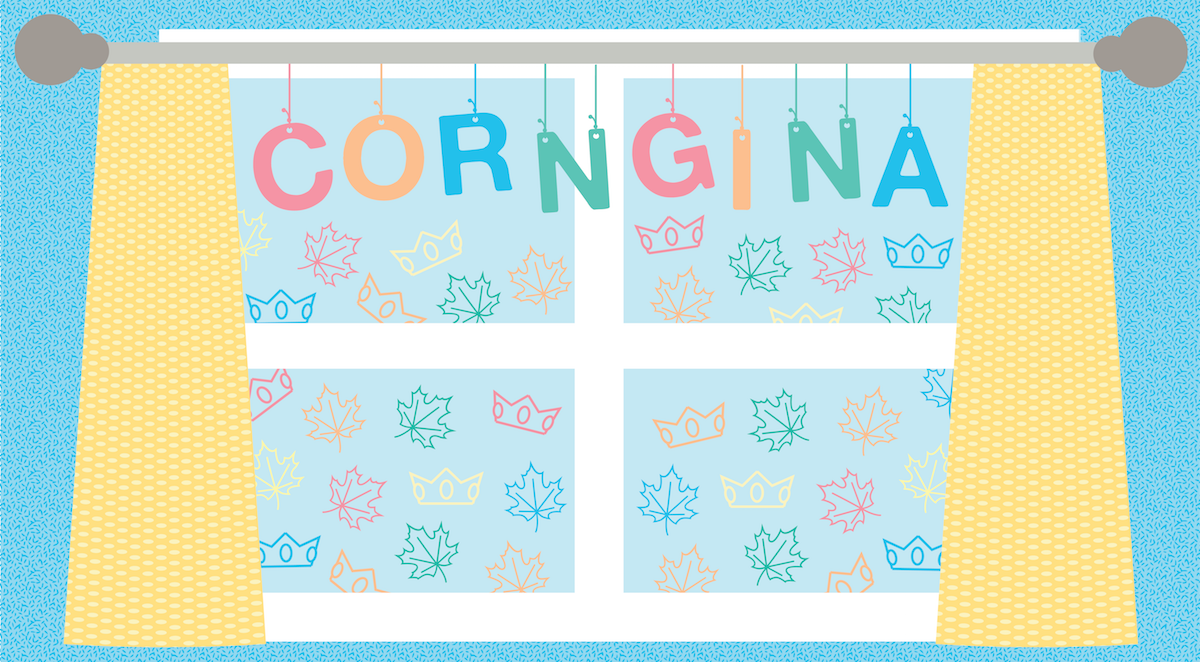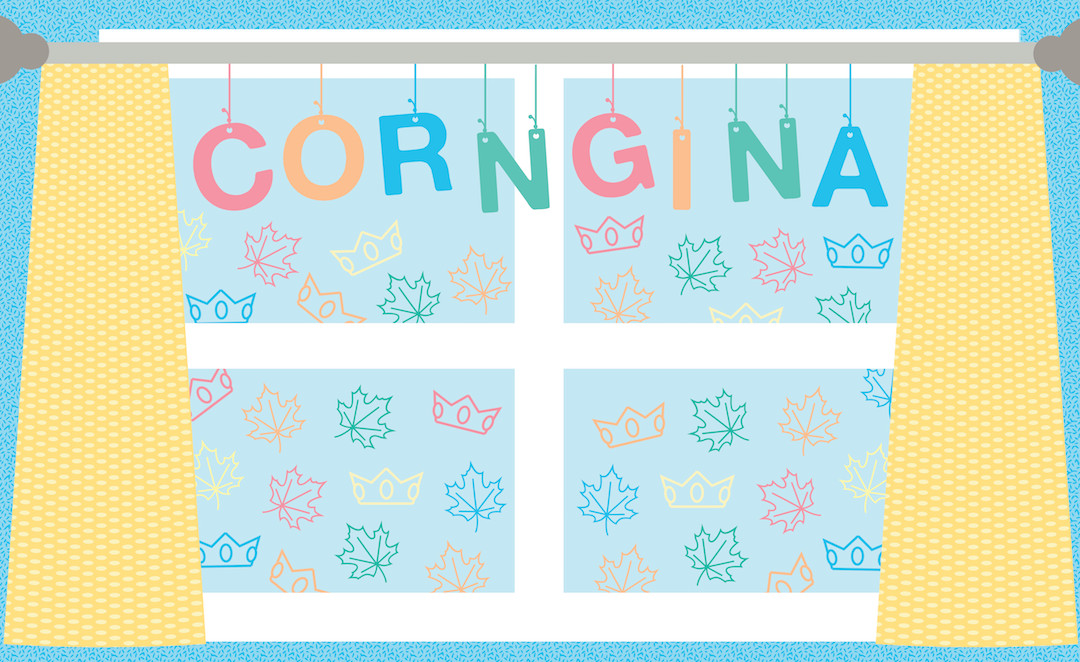
Illustration by Mary Anne Carter.
There are moments in everyone’s life that feel as if they’re from someone else’s, like the foreign sock or hand towel that gets mixed into the laundry. For instance, as a teenager I once spent several days assessing my life after stepping in human shit while filming porn behind the Capitol Hill Value Village (which, to be clear, was there before we started filming.) Another happened just last week, when I cooked dinner and did laundry in the apartment I share with my girlfriend on a night when she had to work late.
This sounds like the most mundane experience imaginable—it could be a moment from anyone’s life. I, however, have always had an odd relationship with domesticity, which is probably why until about a month ago I had never cohabited with a girlfriend.
My parents are wonderful—consistently accepting, supportive, and interested, even encouraging of my delinquent creative endeavors. All I remember of their marriage, though, is yelling and scathing exchanges. They fought, my mom self-medicated undiagnosed psychological issues, and I hid in my tree house. I’m incredibly proud of them —my dad bought a nice house with a nurturing girlfriend, my mom goes to therapy and hasn’t had a drink in nearly 20 years. But, fuck, when your memories of family life involve parents pawning things to buy groceries and literally throwing garbage at each other, you don’t grow up wanting a family very much. I once saw a comic in the New Yorker picturing a man sitting next to a baby at a party, captioned “So, Margot tells me you’re a baby.” This is exactly how I feel around kids.
However, I’ve always been interested, perhaps obsessed, with having a home. As a kid I could spend an entire day carefully decorating and cleaning my treehouse. Its furnishings included a sleeping bag, a shelf of my favorite books, homemade slingshots and bows and arrows (for protection against the dragons and wizards most of my books were about) and the dolls the little girl down the street liked to pretend were our kids. I didn’t care as much about the dolls, but both of us loved pretending the treehouse was a castle and we were king and queen. In summer we had sleepovers there. Because kings and queens are married, we sometimes had pretend sex, one of us lying motionless on top of the other until we retreated to our separate sleeping bags in a fit of nervous laughter.
Looking into the branches of the enormous maple tree behind the apartment where my girlfriend and I now live, I recalled my childhood impulse to climb every tree. The world of make-believe, which I sometimes wish I could return to for a day, was defined largely by a sense of possibility. I now believe the possibility that defined my childhood fantasy world was largely the possibility of a happy home. I constantly assessed the fort potential of my surroundings. I built countless structures and spent countless hours decorating and organizing them—the happiest hours of my childhood. Of course, the snow forts melted, eventually lawns had to be mown and blankets put away, dissolving the order and sense of safety I had created.
I still hate the slant of winter light because it meant fewer hours in my treehouse and more confined to my parents’ house—hence, Emily Dickinson’s creepy poem about that light is one of my favorites. The stocky, gnarled cherry tree that supported my tree house, probably older than the house itself, eventually died. My mom had a box made from its wood with a heart engraved on it which now contains my carefully organized sex toys.
The ornate wallpaper of photocopied punk show flyers that decorated my teenage bedroom evolved to incorporate friends’ artwork, several of whom I’m proud to say are now pretty damned famous.
When I met my girlfriend Mary Anne I had had several serious, years-long relationships, none of which, even when beds and chores were consistently shared, involved cohabitation. As you might imagine, I’m extremely protective of and particular about my space. I spend as much time displaying art and organizing my clothes and books as work allows. But just as naturally as we initially shared each other’s lives, moving in together was hardly a discussion and never a question. Blown away by each other’s aesthetics since the night we met, neither of us worried about the other’s ability to create and maintain a beautiful space. This ease and trust raise interesting questions about aesthetics and style as a language—how much of love at first sight is the volumes of information conveyed by subtle combinations of visual cues in the composition of an outfit?
Neither of us wants kids, we both view a living space as an art project—every wall is a salon-style display of art, tinsel, mannequin parts, banners that say “CANDY LAND” and “CORNGINA.” (BTW did you know you can rearrange the letters in those sparkly “congratulations” banners to say “corngina!?) Nothing is off limits—a still from a Bruce LaBruce film featuring muscular bald guys fucking each other in the ass hangs next to a framed human jaw among Tara Thomas’s collage of ghosts doing karaoke, an array of Mary Anne’s prints and broadsides, a Derek Erdman painting of a man with wedding rings on two fingers protruding from his forehead entitled “The Man Who Married Himself,” and a painting of a waterfall from a thrift store. Yet, looking around the house, I see a certain aesthetic cohesion—someone who visited could probably pick objects both of us would like out of a lineup.
When I first saw Mary Anne at the Double Header, I felt something I had never felt before. I wonder how I knew my castle was finally going to have a real queen.
[wc_spacing size=”40px”]
[wc_divider style=”solid” line=”single” margin_top=”” margin_bottom=””]


You must be logged in to post a comment.